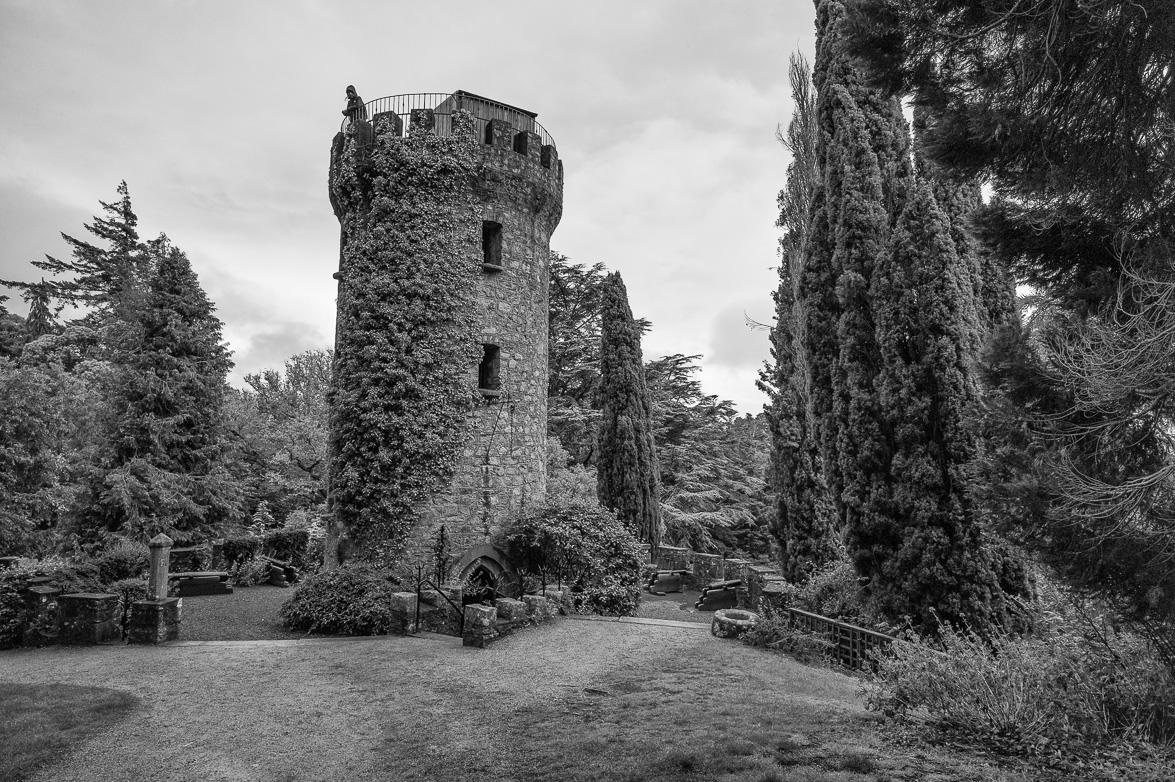So I’m retired, now what?
For the past two years or so I’ve been focused on creating a good black & white print much more than a color print. Call it getting back to my roots. My spousal unit may not be completely happy with that but she is supportive as always. I post images in half a dozen Facebook groups, my Instagram account, and lately in SmugMug. That’s fine because it reaches a bigger audience than trapping friends with a slideshow. But at least we give them food and drinks so they tolerate me, I hope. In the end my goal is to make prints. Small prints, big prints, prints that someone wants to hang on their wall.
So now that we know what the goal is, how do we get there? You might say “Hey Charles, just fire up your dang printer and let’er rip”. Well yeah, that might work but think about it. How do you make a black & white print with a color printer? There’s got to be a better way. I’ll come back to this later in the post and answer that question.
I’ve now been to four print workshops around the country to explore different methods of generating a black and white print. Actually it’s more like three because I was sick as a dog at one of them and it was supposed to be somewhat of a repeat. Internationally known artist but he wasn’t too keen on photographers. Whatever.
How much does this dang thing weigh?
The first workshop was what I call “new school” photogravure with Quinton Gordon in Vancouver, B.C. The more correct term is photopolymer intaglio. Use the Google if you’re really interested. In essence you run a plate through a printer, expose it, develop it, ink it up, put it on a piece of paper, and run it through an etching press. Viola, a black & white print. Great prints that have a real depth to them. They should because you just put the plate and paper through a press with a 100+ pounds of pressure on top of them. Exposure and developing literally etches the plate. The neat thing about this process is that it’s environmentally safe. Development is with water and the inks are soy based. I’d love to do this and I probably will at some point but not in our house. Needs an 8×10 room and a floor to hold a 700lb press.
Platinum costs how much?
The second workshop was with Don Messec at Making Art Safely in Santa Fe, N.M. Don teaches all kinds of photographic processes and this one was platinum/paladium printing. Another old school process brought forward with new, safer chemicals and methodologies. These prints are beautiful and will last a long, long, long time. You can leave them to your great grandchildren to pass down to their great grandchildren. We’re talking a long time. And I can do this one at home today. The only issue is cost of the platinum and paladium. Whew! And this process uses a negative. Remember film? Take your digital file and print your negative any size you want. Oops, there’s that color printer again. Dang.
I’ll skip the third workshop because it was pretty much a bust for me. It was back in Santa Fe with someone else teaching a course similar to the first workshop. I only made two of the five days. I was that sick!
Now that’s a black & white print!
The fourth workshop was Piezography in October at Cone Editions in BFE Vermont. Fine art black & white prints using Epson color printers. Now you’re saying to yourself “WTF, color printers!”. Easy, we just through out all the inks, including the black, and add specially formulated grey scale inks that Jon Cone has been developing over the last 20+ years. Dilly, dilly. Sorry, I had to add that somewhere in this long ass post.
With piezography inks and the appropriate software to drive the printer you get thousands of shades of grey from almost black to almost white rather than just 256 shades with a color printer. And tones too. Warm tones, cool tones, neutral tones and in highlights or shadows. Amazing. And, and… you get negatives too! How cool is that? And, and… photopolymer plates will print!
So today I have a dedicated 17″ Epson printer with Piezography Pro inks installed and am happily printing away. I’ll start generating negatives soon and am hopefully doing another more advanced platinum/palladium workshop early next year.
The image that accompanies this post has been through all three processes and I’ve liked all three versions. Your mileage may very.
Stay tuned…
